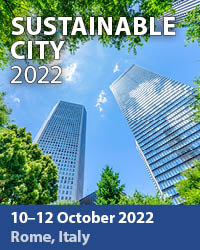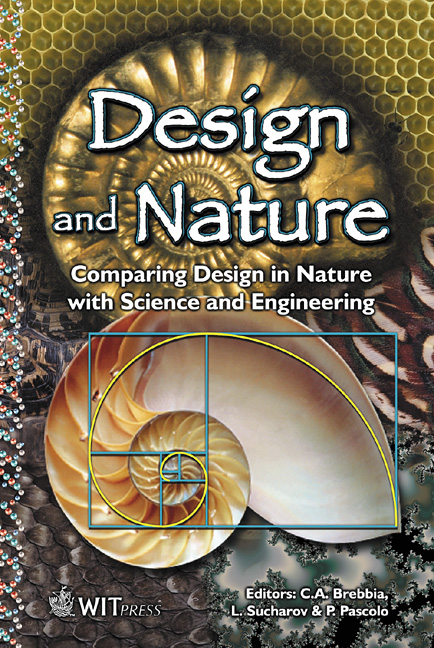The ‘curves Of Nature’ – The Organic Inflections Of Modern Regionalism And Ecological Architecture In An Urbanising Context
Price
Free (open access)
Transaction
Volume
57
Pages
Published
2002
Size
980 kb
Paper DOI
10.2495/DN020231
Copyright
WIT Press
Author(s)
P. S. Jahnkassim
Abstract
The ‘curves of nature’ -the organic inflections of modern regionalism and ecological architecture in an urbanising context P. S. Jahnkassim School of Architecture and Design, Faculty of Arts and Architecture, University of Brighton, United Kingdom Abstract The position of ‘nature ‘ in architectural design represents two facets - ‘nature’ as embellishment to an established type-form and secondly, as formal gestures arising from ‘avant-garde’ themes in times of rapid change. This paper presents an analysis of the latter - within the struggle to reconcile the tensions of conflicting forces of localisation and globalisation in developing countries had produce ‘hybrid’ architectural works representative of ‘modern regionalism’. Several architects sought to counterbalance the linearity of the modernism with a curvilinearity of forms based on an abstraction of culture and nature. The term ‘organic inflection’ is used to denote such compositions arising from tensions between the normative orthogonal themes of Modernism and a curvilinearity based on nature and culture. Three architects are discussed Oscar Niemeyer, (Brazil), Ken Yeang (Malaysia) and Edward Suzuki (Japan. While Niemeyer works were inspired by the ‘curves’ of the Brazilian natural landscape, Yeang’s Malaysian works celebrates an intertwining of nature/ecology and cultural icons gleaned from the vernacular. In Suzuki’s wok, ecological themes are fused with an abstraction of form based on culture and nature. The contextual background, the inspiration and ideas related to ‘nature’ such as landscape (earth) and lifeforms (organism) - and ideas based on ecological themes are discussed.
Keywords





